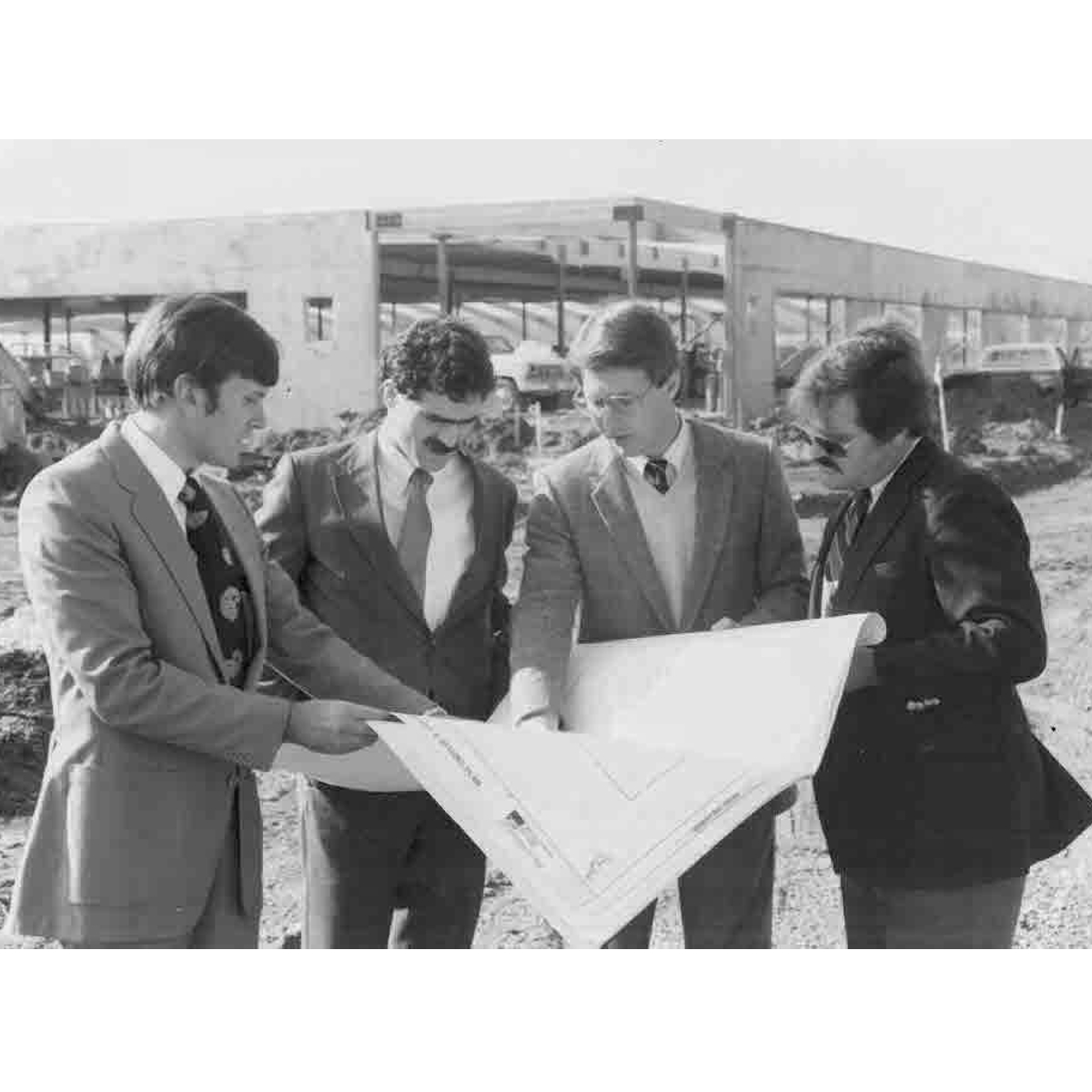The Making of a Building in Hacienda Business Park
The Making of a Building in Hacienda Business Park

In September 1982, construction began at Hacienda Business Park, on the Chabot Center. This three-story, award-winning, multi-tenant office building is situated just beyond the shadow of the arch spanning the main entrance into the Park. Since the official groundbreaking for Chabot Center, the developers of Hacienda have maintained the standards of excellence established with their first building.
This article is part one of a three part series about the work that goes into each building at Hacienda Business Park. We asked George Deeter, Owner's Representative for The Prudential Insurance Company of America, to explain the building standards and how the scheduling and planning systems really work.
"When a building is proposed at Hacienda there are hundreds of details to consider," says Deeter. "City approvals and permits must be obtained. P.U.D. (Planned Unit Development) issues must be addressed, such as traffic, how the building will fit into the overall scheme of the Park, etc.
"We are very concerned with the quality of a building and the timing to make it cost effective," Deeter says.
"The name of the game is to schedule things properly. You must stay on top of everyone and everything to make sure operations run smoothly - from the architect to the consultants involved, to the contractor," he says.
All of the buildings within Hacienda Business Park are either built to suit a specific tenant's requirements or constructed as a speculative (often called "spec'') project. "When we build for a tenant, the designs and quality of the building will meet the special requirements of our customer."
"On a speculative structure, we have to decide what the most likely tenant might want. We have to rely on marketing studies and other industry trends to formulate our plans," Deeter explains.
The studies take into consideration the future health of the Bay Area economy. After the research has been done, representatives from Prudential and CPS (the primary brokerage firm for the Park) then meet to analyze the information.
"We meet to discuss every aspect of the prospective project," says Deeter. "lt is strictly an internal matter at that point." Negotiations continue until both parties are satisfied with building specifications.
Once the internal planning is complete, the Planning Commission and City Council must approve each building, whether it is "build to suit" or "spec", before the developers can break ground.
Once a project has been approved, a flow chart of the project's progress is set up for all buildings in Hacienda.
The chart consists of an explicit diagram listing the necessary preparations from the first concept drawings to the day the anticipated tenant will occupy a particular unit of the building.
"It's all in the organization," Deeter explains. "We have a superior planning system which provides for optimum productivity and quality control. Basically, we always try to stay on top of things. It's the only way. There's always some activity in motion on every project."
To see a reproduction of the original article and edition of Pleasanton Pathways, visit: January 14, 1985 Pathways.




